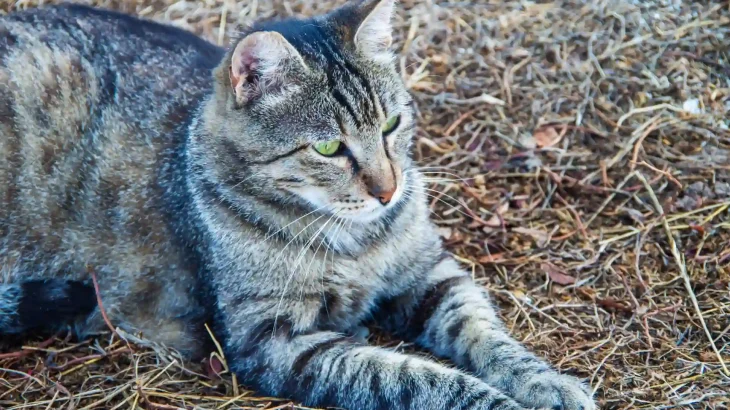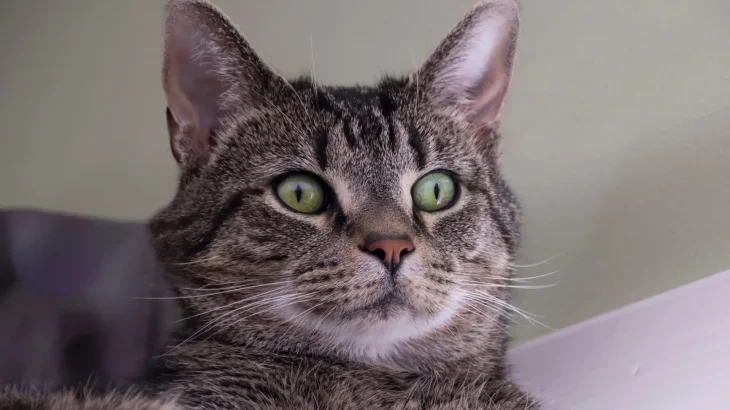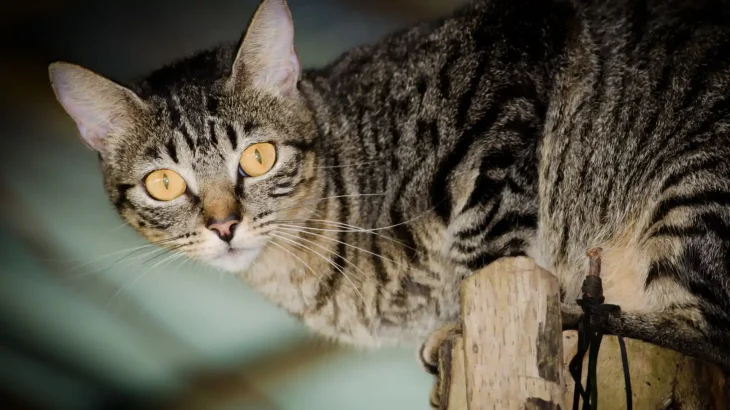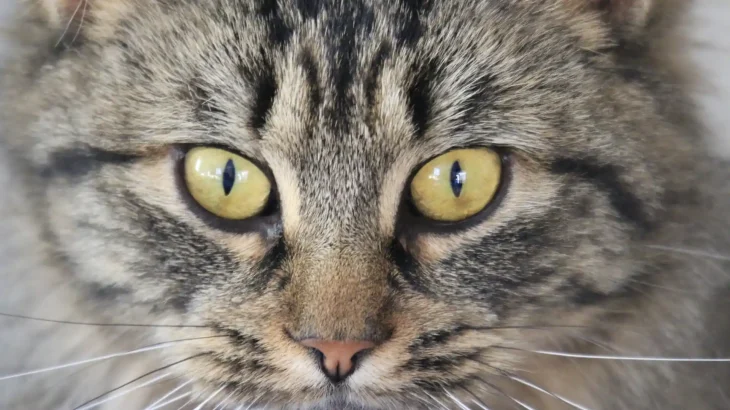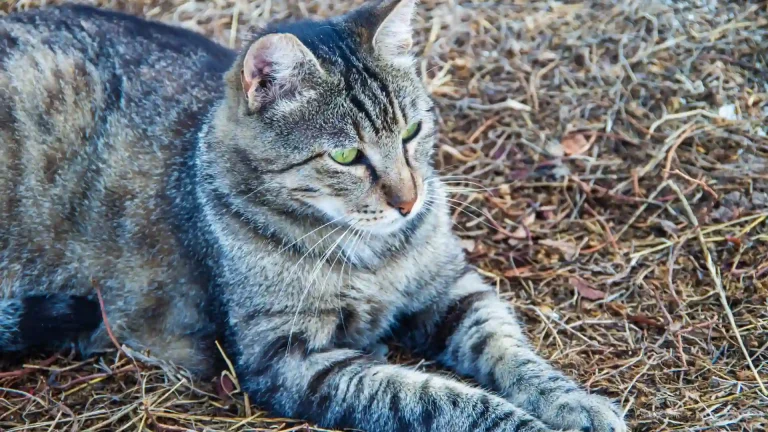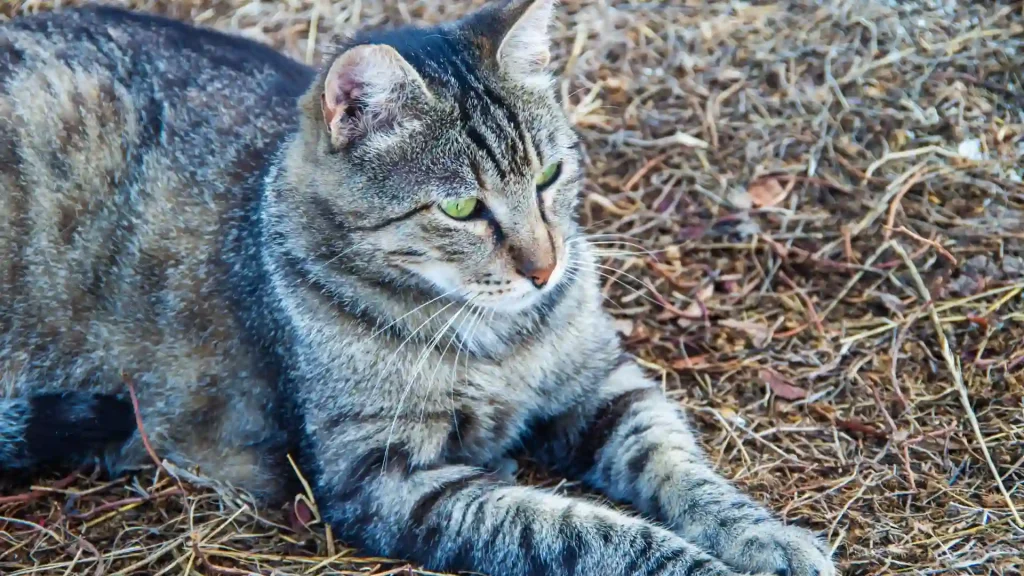When deciding to welcome a European Shorthair kitten into your life, you can either adopt or buy from a breeder. Each choice offers unique advantages, with breeders providing clearer pedigree and health details, while adoption gives you the chance to rescue a cat in need.
Adoption vs. Breeder: Pros & Cons
| Criteria | Buying from Breeder | Adopting from Shelter/Rescue |
|---|---|---|
| Cost | Generally higher upfront cost due to breed status and pedigree. | Lower fees; often cover vaccinations and sterilization. |
| Health History | Comprehensive health records and screening available. | Health details may be limited, but basic veterinary checks are done. |
| Age Availability | Typically kittens, enabling early bonding and training. | Varied ages from kitten to senior cats. |
| Temperament Insight | Breeders often provide info on lineage personality traits. | Temperament observed by shelter staff, but background can be unknown. |
| Supporting Practices | Supports selective breeding programs; choose ethical breeders. | Helps reduce overpopulation and supports animal welfare. |
| Breed Purity & Pedigree | Assured breed purity with pedigree documentation. | Breed purity often unknown or mixed; fewer lineage guarantees. |

